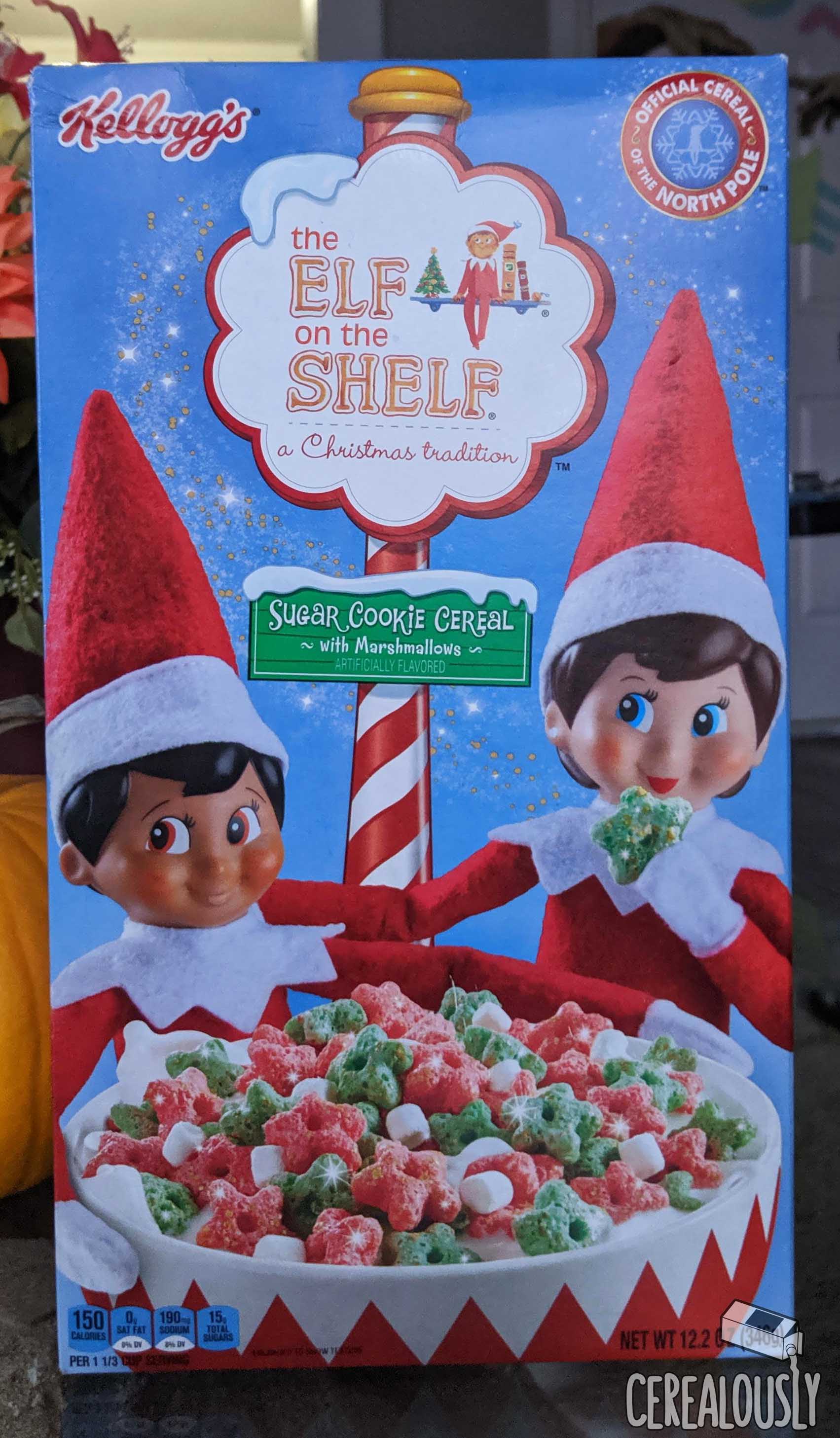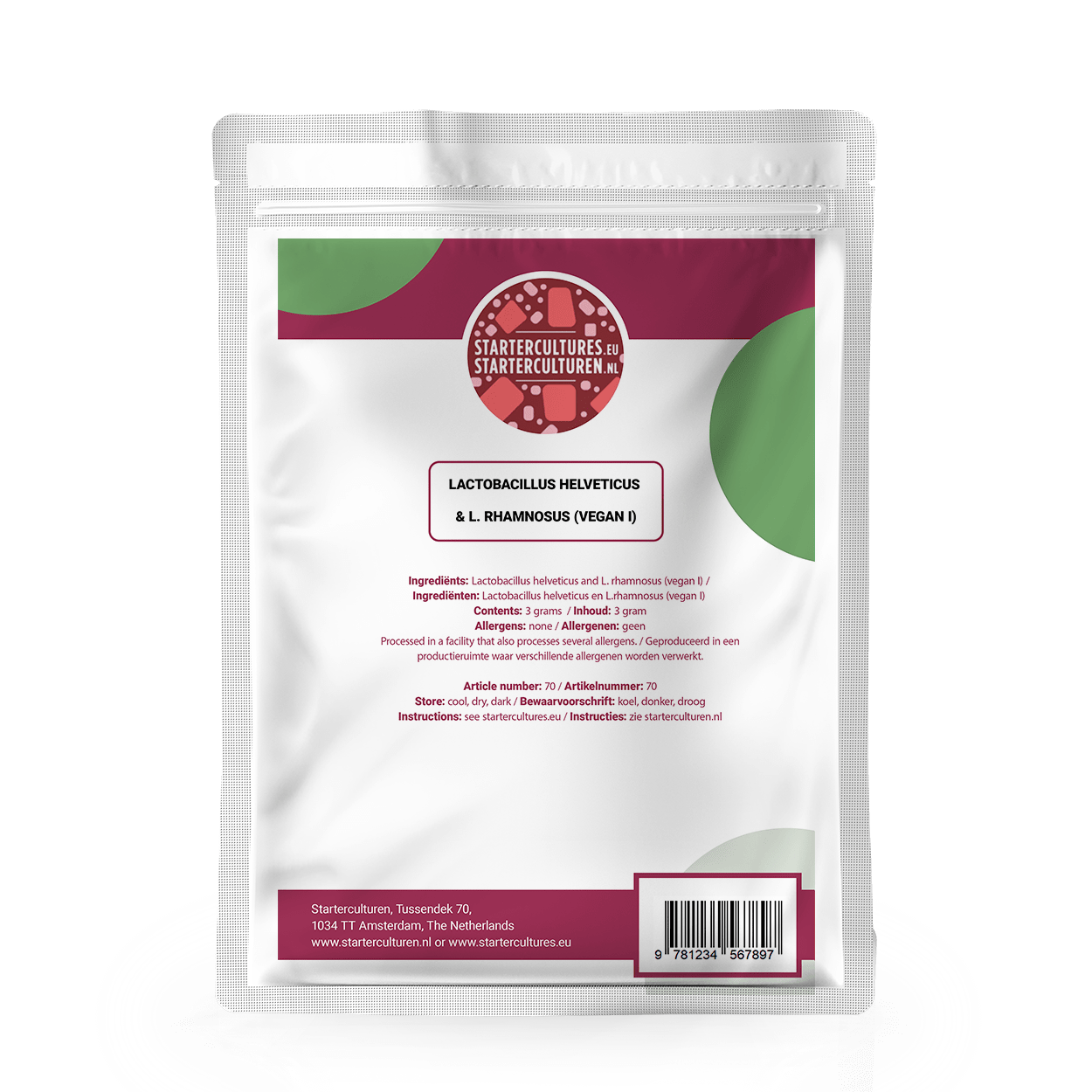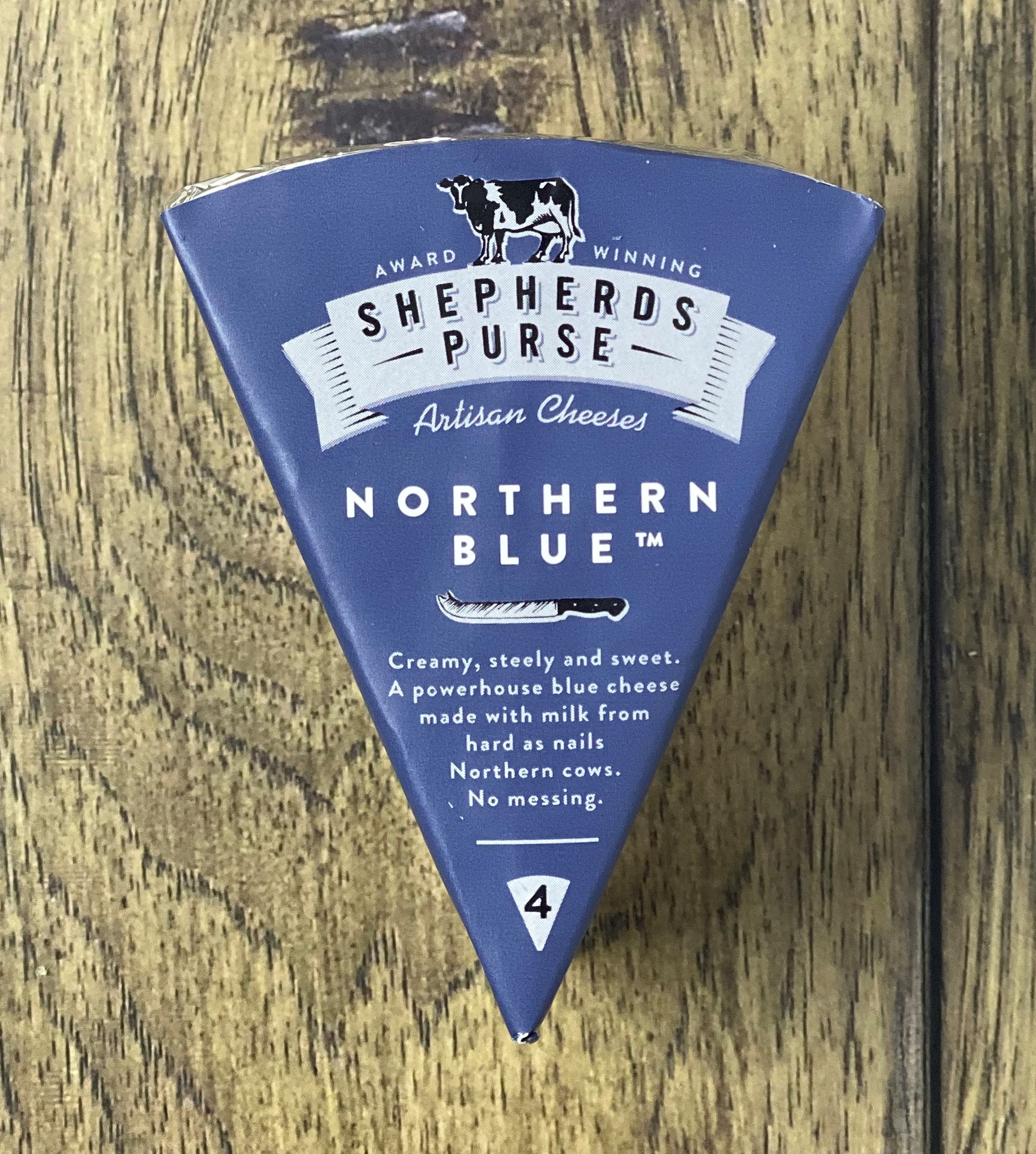Shelf Life Of Blue Cheese Expiration

StrainGallery Blue Cheese (Dinafem) PIC 14011726028384618 by PIRU
Shelf Life Of Blue Cheese. When you purchase blue cheese, there will be a printed expiry date. Use this as a general guideline, but expect the cheese to last one or two weeks beyond that date when stored correctly. Room temperature - It is not recommended to keep blue cheese at room temperature for more than four hours, particularly after.

Taste & Healthy Food Recipe Online Recipes of Baked food, Desserts
Unopened blue cheese comes with a shelf life of a month up to 6 months depending on its packaging, and it usually retains quality for at least a couple of extra weeks. Once you open the package or start the wedge, finish the cheese within 3 to 4 weeks. The same applies if you buy yours fresh from the wheel.

Low Carb Blue Cheese Vinaigrette Dressing Low Carb Yum
Shelf Life of Blue Cheese. When refrigerated, blue cheese tends to last for one to two weeks after its expiry date. The cheese stays fresh for three to four weeks after you open the package. Eat blue cheese within one to two weeks to catch it before the flavor gets too intense. Buy small packages to make it easier to finish the cheese in time.

Review Kellogg's Elf on the Shelf Cereal
3-6 Weeks. 6-8 Months. Sliced Semi-Hard Cheese lasts for. 2 Weeks. 6-8 Months. In general, the harder the cheese the longer it keeps. Of course, it lasts for a shorter period of time if it is not stored properly. But remember, cheese, like a lot of other dairy products, usually has a "sell by date" or a "best by date" which are simply the last.

Elf on the Shelf Christmas Magic, All Things Christmas, Christmas Cheer
Blue Cheese Shelf Life and Spoilage Summary. Thanks for reading this primer on blue. Here are the takeaways: Blue cheese keeps up for up to two weeks beyond the printed date. After opening the wedge, make sure to use it within 7 to 10 days, maybe a bit longer if it's a fairly fresh block that still has a few weeks until the date on the label..

Vegan cheese starter culture I with L. helveticus and L. rhamnosus
Once opened, Blue cheese dressing will last for up to 6 months. After opening, the shelf life of Blue cheese condiment is reduced greatly, it needs to be kept in the refrigerator to preserve its shelf life. Blue cheese sauce will last for 6 to 9 months after opening without any deterioration in its taste and quality.

Blue Cheese Shelf Life How Long Until It Goes Bad?
In terms of shelf life, blue cheese is a perishable product, and its longevity can vary depending on multiple factors such as the variety of cheese, storage conditions, and the freshness at the time of purchase. Generally, blue cheese can be safely consumed within 3-4 weeks when stored properly in the refrigerator.

Medbest Halkidiki green olives stuffed with blue cheese
Expected Shelf Life. The shelf life of blue cheese can vary, but in general, it can last anywhere from one week to a few months. Softer blue cheeses typically have a shorter shelf life, lasting around one to two weeks in the refrigerator. On the other hand, firmer blue cheeses can last longer, with some varieties lasting up to two or three months.

BLUE CHEESE AND BACON BURGERS STORY • The Foodie Affair
Temperature plays a crucial role in determining the shelf life of blue cheese crumbles. Higher temperatures can promote the growth of bacteria and hasten spoilage. It is important to store blue cheese crumbles at a cool and consistent temperature in order to maximize their longevity. Keeping them in the refrigerator at a temperature between 35.

How to Dry Can Food for Maximum Shelf Life Home canning recipes
Extend the shelf life of blue, parmesan, cheddar and more with this guide. Improperly storing your hard and soft cheese can lead to illness.. "Blue cheese is best kept in loosely wrapped tinfoil," Lehan says. "Roquefort, for example, includes tinfoil in their aging process as a means to allow the cheese to mature.".

StrainGallery Blue Cheese (Barneys Farm) PIC 09051292853304980 by
How to Tell if Kombucha Blue Cheese is Bad? Blue Cheese Shelf Life! Here are some signals that indicate your blue cheese might be bad to consume: If your blue cheese has started to change its color by turning pink, green, brown, or blue, it is a sign that your blue cheese has spoiled. Spoilage happens when bacteria or harmful molds start to.

Northern Blue Town End Farm Shop
Instructions. Wrap your blue cheese in cheese paper, parchment paper, or wax paper. Place the wrapped cheese in a more humid section of your fridge like the crisper drawer. Storing this way helps prevent the cheese from drying out. To serve, slice off only the cheese you want to serve and bring to room temperature.

Does Blue Cheese Go Bad? Easy Tips to Keep It Fresh
Blue cheese crumbles (unopened) "best by" date + 1 to 2 weeks. Blue cheese crumbles (opened) 1 week. This table is for a general estimate for the best quality. The actual shelf life may differ depending on the preparation methods, brands, and storage conditions. It's always worth checking for a few minutes before use.

Here's How To Determine The Shelf Life Of Your Favorite Skincare Products
Learn how to store blue cheese in the fridge and freezer to extend its shelf life. Wrap soft and hard cheeses, such as Parmesan, brie, or blue cheese, in parchment paper and keep them in the crisper drawer to prevent drying, or wrap them in aluminum foil for the freezer. #howto #store #blue #cheese

Blue Cheese Strain BARNEYS FARM UK
To maximize the shelf life of a wedge of Blue cheese after opening, wrap the original packaging tightly in plastic wrap or aluminum foil; for even better results, wrap the cheese first in wax or parchment paper and then cover with plastic wrap before refrigerating. Properly stored, a wedge of Blue cheese will last for about 1 to 2 months in the.

Shelf Life Of Blue Cheese Expiration
Store-bought blue cheese dressing has a shelf life of nine to twelve months, and opening the bottle doesn't alter the storage time by much. However, a freshly opened bottle of dressing tastes better than one sitting in the refrigerator for a couple of months, and the expiration date varies depending on the manufacturer.